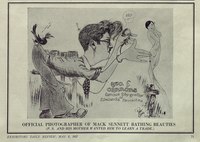
Mack Sennett was a Canadian-American producer, director, actor, and studio head who was known as the "King of Comedy" during his career.
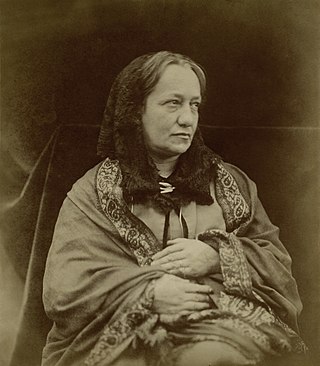
Julia Margaret Cameron was a British photographer who is considered one of the most important portraitists of the 19th century. She is known for her soft-focus close-ups of famous Victorian men and women, for illustrative images depicting characters from mythology, Christianity, and literature, and for sensitive portraits of men, women and children.

David Royston Bailey is an English photographer and director, most widely known for his fashion photography and portraiture, and role in shaping the image of the Swinging Sixties.

Edward Henry Weston was an American photographer. He has been called "one of the most innovative and influential American photographers" and "one of the masters of 20th century photography." Over the course of his 40-year career Weston photographed an increasingly expansive set of subjects, including landscapes, still lifes, nudes, portraits, genre scenes and even whimsical parodies. It is said that he developed a "quintessentially American, and especially Californian, approach to modern photography" because of his focus on the people and places of the American West. In 1937 Weston was the first photographer to receive a Guggenheim Fellowship, and over the next two years he produced nearly 1,400 negatives using his 8 × 10 view camera. Some of his most famous photographs were taken of the trees and rocks at Point Lobos, California, near where he lived for many years.

Sir Cecil Walter Hardy Beaton was a British fashion, portrait and war photographer, diarist, painter, and interior designer, as well as an Oscar–winning stage and costume designer for films and the theatre.
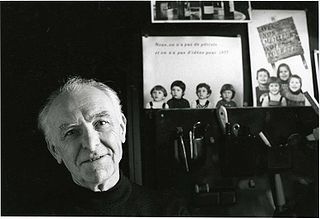
Robert Doisneau was a French photographer. From the 1930s, he photographed the streets of Paris. He was a champion of humanist photography and with Henri Cartier-Bresson a pioneer of photojournalism.

Karl Struss, A.S.C. was an American photographer and a cinematographer of the 1900s through the 1950s. He was also one of the earliest pioneers of 3-D films. While he mostly worked on films, such as F.W. Murnau's Sunrise: A Song of Two Humans and Charlie Chaplin's The Great Dictator and Limelight, he was also one of the cinematographers for the television series Broken Arrow and photographed 19 episodes of My Friend Flicka.
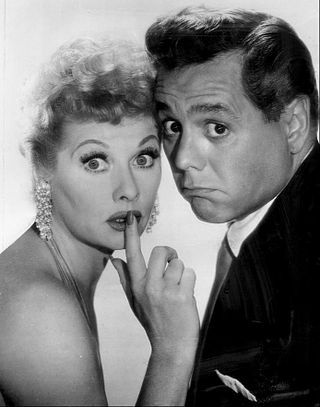
A film still is a photograph, taken on or off the set of a movie or television program during production. These photographs are also taken in formal studio settings and venues of opportunity such as film stars' homes, film debut events, and commercial settings. The photos were taken by studio photographers for promotional purposes. Such stills consisted of posed portraits, used for public display or free fan handouts, which are sometimes autographed. They can also consist of posed or candid images taken on the set during production, and may include stars, crew members or directors at work.
Robert Hanley "Bob" Willoughby was an American photographer. Popular Photography called him "The man who virtually invented the photojournalistic motion picture still."

Zaida Ben-Yusuf was an American portrait photographer based in New York. She was known for her artistic portraits of wealthy, fashionable, and famous Americans during the turn of the 19th–20th century.
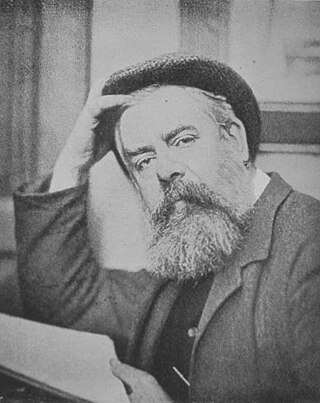
Frederick Hollyer was an English photographer and engraver known for his photographic reproductions of paintings and drawings, particularly those of the Pre-Raphaelite Brotherhood, and for portraits of literary and artistic figures of late Victorian and Edwardian London.
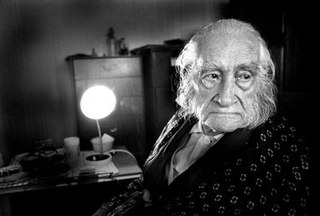
Emil Otto Hoppé was a German-born British portrait, travel, and topographic photographer active between 1907 and 1945. Born to a wealthy family in Munich, he moved to London in 1900 to train as a financier, but took up photography and rapidly achieved great success.
The Watson Family are an American family of nine sibling actors who are known as "the first family of Hollywood." They were initially active as child actors in silent motion picture films.
John Kobal was an Austrian-born British based film historian responsible for The Kobal Collection, a commercial photograph archive related to the film industry.

Walter Ernest Stoneman was an English portrait photographer who is known for taking photographs for the National Portrait Gallery (NPG) in London.
Fred Daniels born George Frederick William Daniels, 1892 – 1959. Daniels was a pioneer of still photography in the film industry and recognised by the BFI. Daniels was the first portrait photographer to popularise Powell and Pressburger and created stylised photographs that were developed into publicity material. With the encouragement of his wife and business partner Nancy Daniels he licensed his iconic portraits to Picturegoer who in turn generated postcards and circulated them through mail order and department stores. His portraits will be forever linked to Powell and Pressburger.
Eric Gray was a stills photographer whose work was featured in Picture Post. His career was mainly in the British film industry and it was based on two Anthony Asquith pictures, Shooting Stars and A Cottage on Dartmoor (1929), that his reputation began to emerge. During this period stills were normally etched with his signature written in an art deco style.

Henry Walter Barnett, usually known as H. Walter Barnett, was an Australian photographer and filmmaker. Barnett was a prominent portrait photographer of the late 19th and early 20th centuries, establishing the successful Falk studios in Sydney. Later in his career he was based in London, England, with studios at Hyde Park Corner and Knightsbridge. Barnett became involved in filmmaking after meeting cinematographer Marius Sestier in 1896, and with Sestier made some of the first films shot in Australia.

Joan Craven was an English photographer known for her portraits, artistic studies, advertising, and nudes.
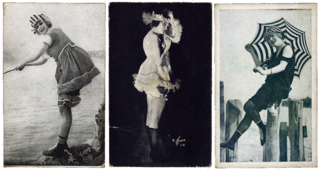
Nelson Frazier Evans was an American photographer during the days of Old Hollywood. Evans was known for his portraits of film actors such as Darrell Foss, Marie Prevost, Louise Glaum and many others during the silent film era including director Philip Rosen. He is considered one of the creators of pin-up photography.

